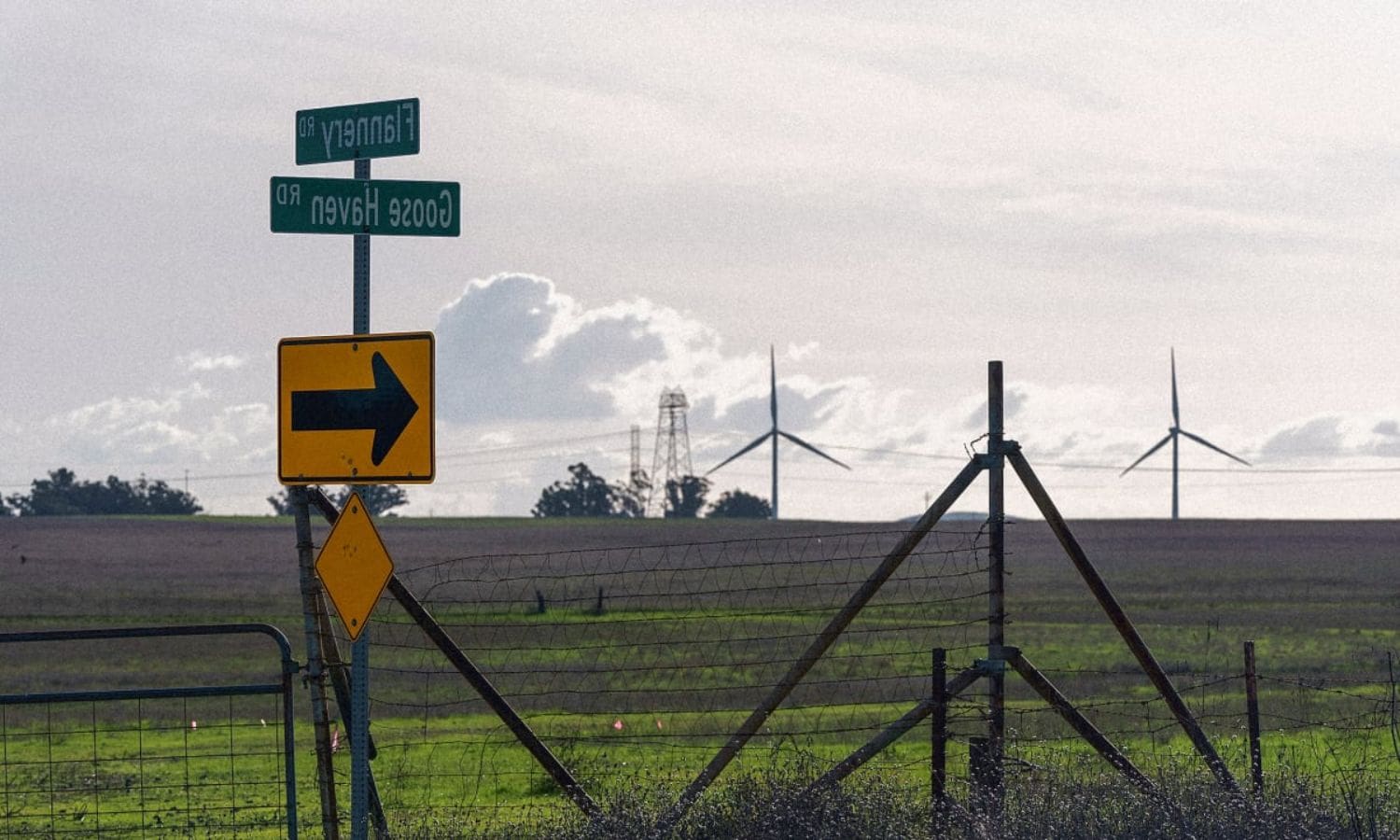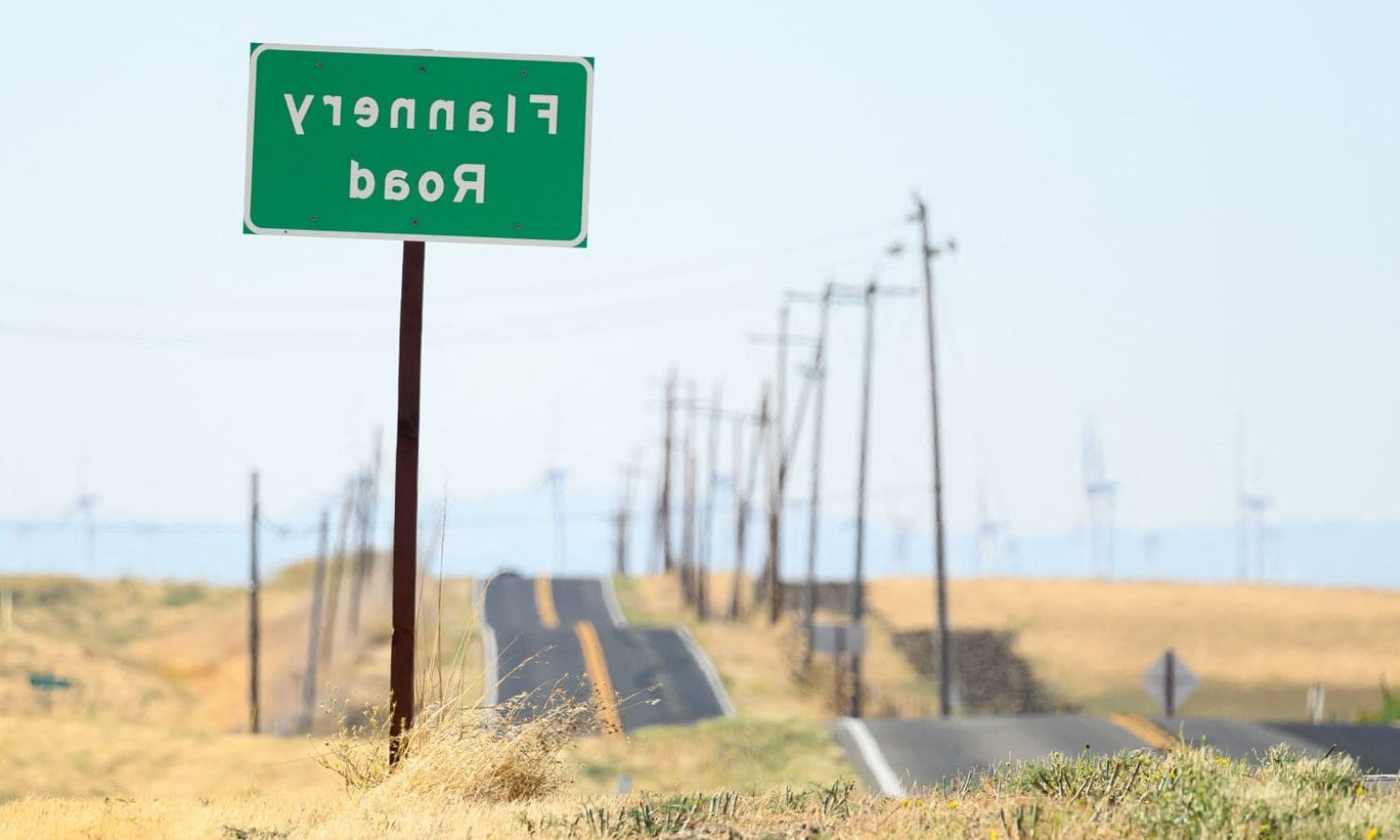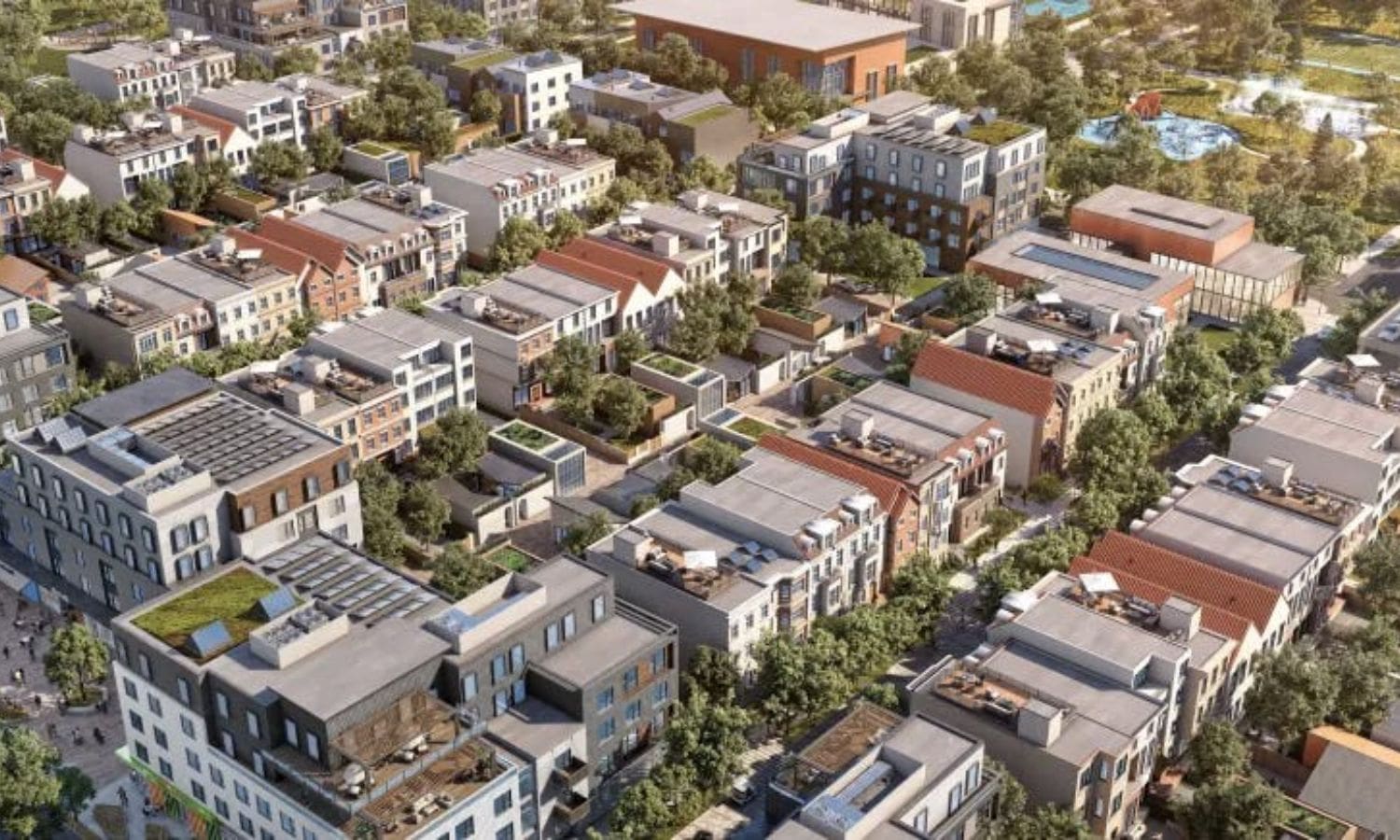Challenge Facing California Forever: In the face of ongoing challenges, California Forever Project unveils a critical examination of the Bay Area’s billionaire-backed city.
The urbanist goals and criticisms surrounding this ambitious endeavor, exploring its implications for city planning and transit oversight.
With an analytical lens, we analyze the perspectives of critics on proposed transit solutions.
By the end, readers will be compelled to reflect on the potential consequences and are encouraged to take action in shaping the future of California’s urban landscape.
Key Takeaways Of Challenge Facing California Forever
- The California Forever Project aims to address affordable housing, carbon emissions, and transportation challenges through sustainable living and innovative urban design.
- Urbanist goals of creating a sustainable, equitable, and vibrant city are emphasized, but criticism highlights the lack of transit planning, traffic congestion, and limited accessibility.
- Comprehensive transit networks, smart street design, mixed-use development, and environmental sustainability are key components of city planning and transit oversight.
- Critics emphasize the preservation of rail corridors, seamless connections between different modes of transportation, consideration of diverse community needs, and inclusive decision-making processes for transit development.


Introduction of California Forever Project
The California Forever project is an ambitious endeavor funded by tech billionaires in the Bay Area to establish a new city focused on sustainable living and innovative urban design. This visionary project aims to tackle pressing issues such as affordable housing, carbon emissions, and transportation challenges.
With a strong emphasis on sustainability, California Forever intends to pioneer carbon-neutral architecture and promote renewable energy sources throughout the city. The project also seeks to create a bike-friendly infrastructure that encourages active transportation and reduces reliance on cars.
By integrating cutting-edge technology and forward-thinking urban planning principles, California Forever aims to serve as a model for future cities worldwide. However, this ambitious undertaking also presents complex challenges that must be addressed, including securing funding, navigating regulatory frameworks, and fostering community engagement.
The success of California Forever will depend on the ability to balance innovation with practicality and to create a city that is not only sustainable but also livable and inclusive.
Urbanist Goals and Criticism
Continuing the discussion from the previous subtopic, the urbanist goals and criticism of the California Forever project are worth examining in detail. On one hand, the project has ambitious urbanist goals aimed at creating a sustainable, equitable, and vibrant city. It aims to integrate various aspects of urban planning, such as mixed-use development, walkability, and green spaces, to foster a sense of community and improve quality of life.
However, critics argue that the project lacks comprehensive regional transit planning. They contend that without a well-integrated transportation system, the city may suffer from increased traffic congestion and limited accessibility, undermining the project’s goals. A closer examination of both the urbanist goals and the valid criticisms will provide valuable insights into the potential success and challenges of the California Forever project.
| Urbanist Goals | Criticism |
|---|---|
| Sustainable city | Lack of transit |
| Equitable | Traffic congestion |
| Vibrant city | Limited accessibility |
City Planning and Transit Oversight
With regards to city planning and transit oversight, it is essential to examine the meticulous coordination and strategic implementation of transportation systems within the California Forever project. This ambitious endeavor aims to create a billionaire-backed city in the Bay Area, and its success hinges on effective city planning and transit management.
To ensure smooth and efficient transportation, the project emphasizes the following:
- Comprehensive Transit Network: California Forever recognizes the importance of a well-connected transit network that includes various modes of transportation such as buses, trains, and bike lanes. This integrated approach aims to provide residents with convenient and sustainable mobility options.
- Smart Street Design: The project prioritizes carefully designed streets that consider the needs of pedestrians, cyclists, and drivers. This includes wider sidewalks, dedicated bike lanes, and efficient traffic flow patterns.
- Mixed-Use Development: By incorporating mixed-use areas into the city’s fabric, California Forever promotes walkability and reduces the need for long commutes. This approach fosters vibrant neighborhoods where residents can live, work, and play in close proximity.
- Environmental Sustainability: The project embraces environmentally friendly practices, such as promoting electric vehicles, reducing carbon emissions, and integrating green spaces into the city’s urban fabric.


Critic’s Perspectives on Transit Solutions
Building on the focus of efficient and well-planned transportation systems in California Forever, critics offer valuable perspectives on transit solutions. These voices highlight the shortcomings of the current transit plan and provide suggestions for addressing regional transit needs.
One major concern raised by critics is the preservation of rail corridors. They emphasize the importance of maintaining existing rail infrastructure to ensure efficient and sustainable transportation options.
Critics also emphasize the need to connect transit hubs effectively. They argue that seamless connections between different modes of transportation, such as buses, trains, and ferries, are essential for a well-functioning transit system.
Additionally, critics stress the importance of considering the needs and preferences of diverse communities when developing transit solutions. They advocate for inclusive decision-making processes that take into account the unique challenges faced by different neighborhoods and populations.
Conclusion and Call to Acion
How can we leverage the influence of project backers to drive meaningful change in the development of robust regional transit solutions for California Forever? As the challenges facing California Forever become apparent, it is crucial for project backers to take an active role in promoting sustainable and efficient transportation systems.
Here are four key actions that can be taken:
- Encourage collaboration: Project backers should facilitate dialogue and collaboration among stakeholders, including government agencies, transit authorities, and community organizations. By fostering partnerships, innovative solutions can be developed and implemented.
- Prioritize public transportation: Project backers should advocate for investments in public transportation infrastructure, including expanding existing systems and introducing new modes of transit. This will help alleviate traffic congestion and reduce greenhouse gas emissions.
- Support transit-oriented development: Project backers should promote the concept of transit-oriented development, which focuses on creating vibrant communities centered around public transportation. This approach can enhance accessibility, reduce car dependency, and improve overall quality of life.
- Embrace emerging technologies: Project backers should embrace emerging technologies, such as electric and autonomous vehicles, to enhance the efficiency and sustainability of regional transit systems. By staying at the forefront of innovation, California Forever can lead the way in shaping the future of transportation.


Conclusion Of Challenge Facing California Forever
The California Forever Project, backed by billionaires, presents both opportunities and challenges for the Bay Area.
While its urbanist goals aim to transform the city and improve transit, critics argue that it overlooks the needs of marginalized communities.
It is essential for city planning and transit oversight to address these concerns and ensure equitable solutions.
Ultimately, a collaborative approach is necessary to create a sustainable and inclusive future for the Bay Area.
Our Reader’s Queries
Q1. Who is behind California forever?
A. “Flannery LLC, Proponent of California Forever Project, Submits 83-Page Ballot Initiative to Solano County Registrar of Voters in Effort to Secure Voter Approval – Emma Goss Provides Insights”
Q2. What is California Forever city?
A. “Launched in the previous year, California Forever introduced itself with a polished website, presenting the project as a nod to the enduring charm of a Mediterranean town. The site featured AI-enhanced visualizations depicting vibrant streets teeming with pedestrians, efficient public transit, and children enjoying cycling, accompanied by the tagline ‘bring back the California dream.'”
Q3. Who bought all the land in California?
A. “A consortium supported by Silicon Valley magnates, led by Flannery Associates, has unveiled ambitious plans to construct a new city in California. The group has already acquired over 53,000 acres of land, a parcel surpassing the size of entire cities like Beaumont, Texas, or Sioux Falls, South Dakota.”
Q4. How much land does California Forever own?
A. “The backers of the initiative initiated their land acquisition strategy in 2018 by purchasing farmland in Solano County, located approximately 50 miles from San Francisco. Operating under the name Flannery LLC and based in Delaware, the investors, as per court records, have invested upwards of $800 million in acquiring 140 properties, accumulating a landmass exceeding 60,000 acres.”

